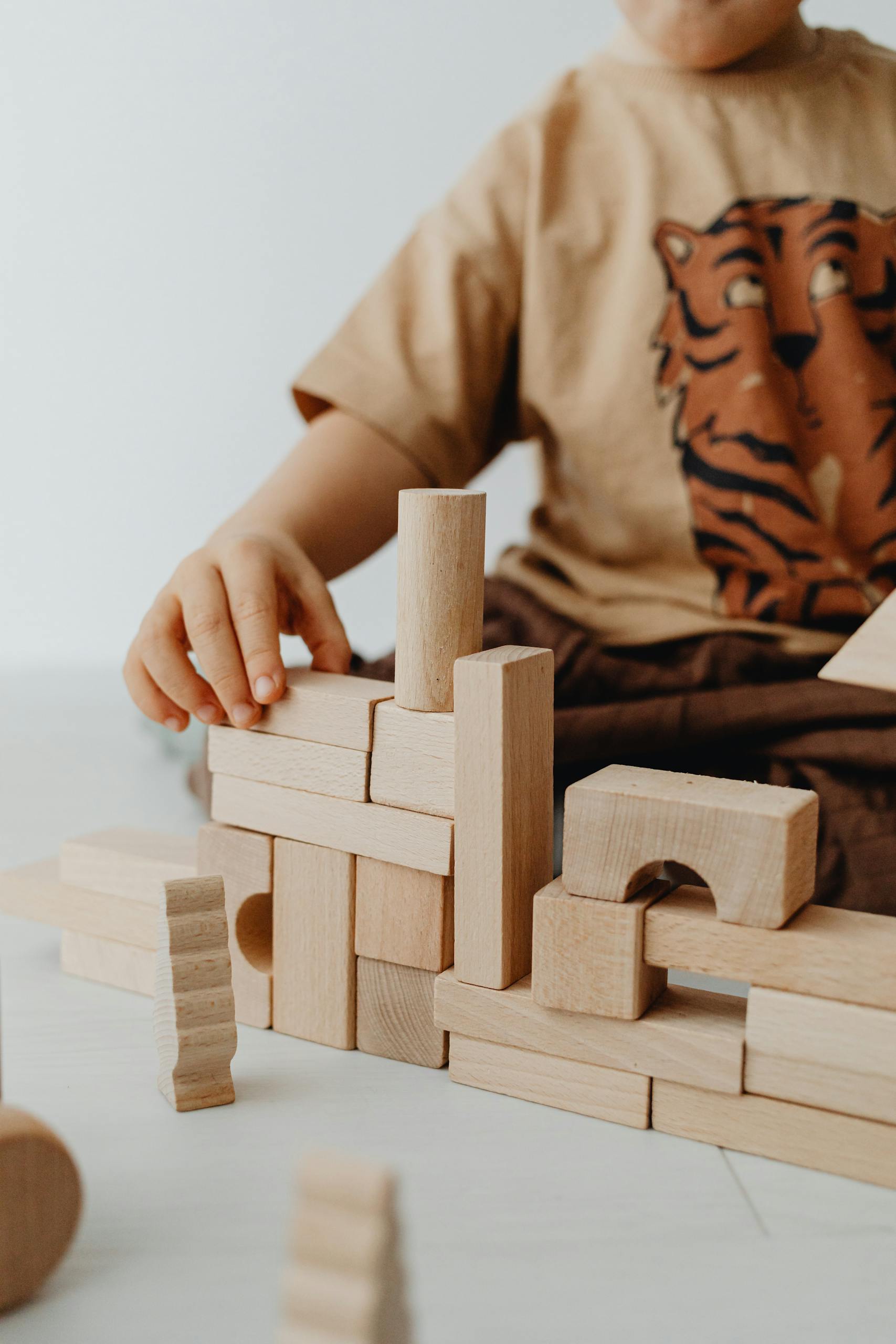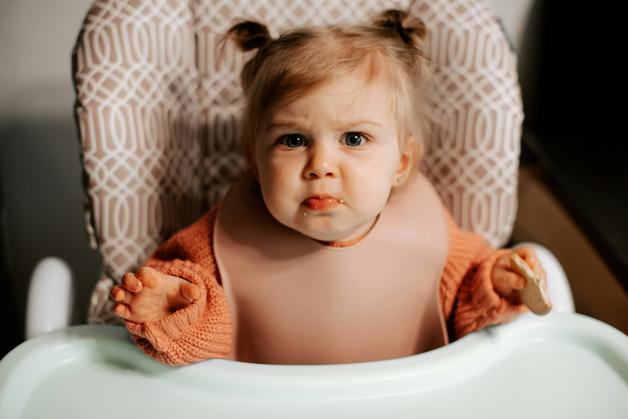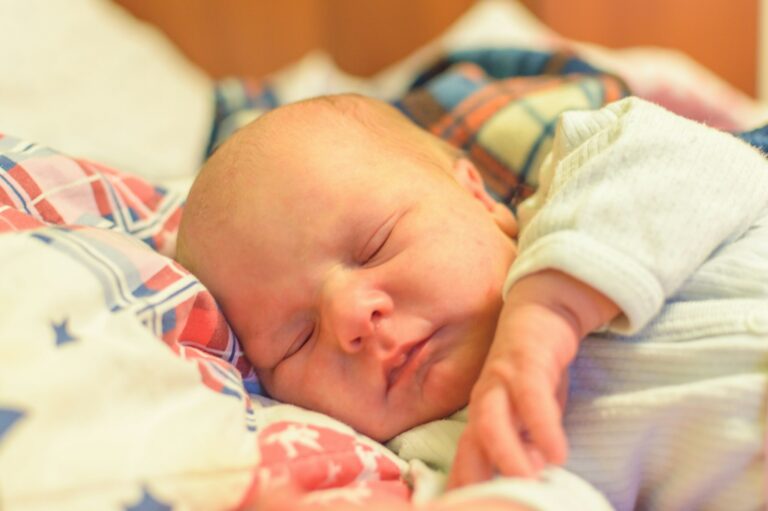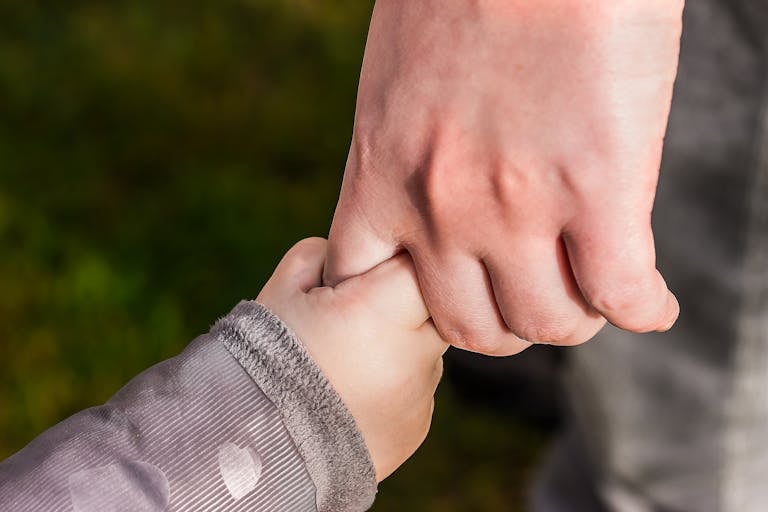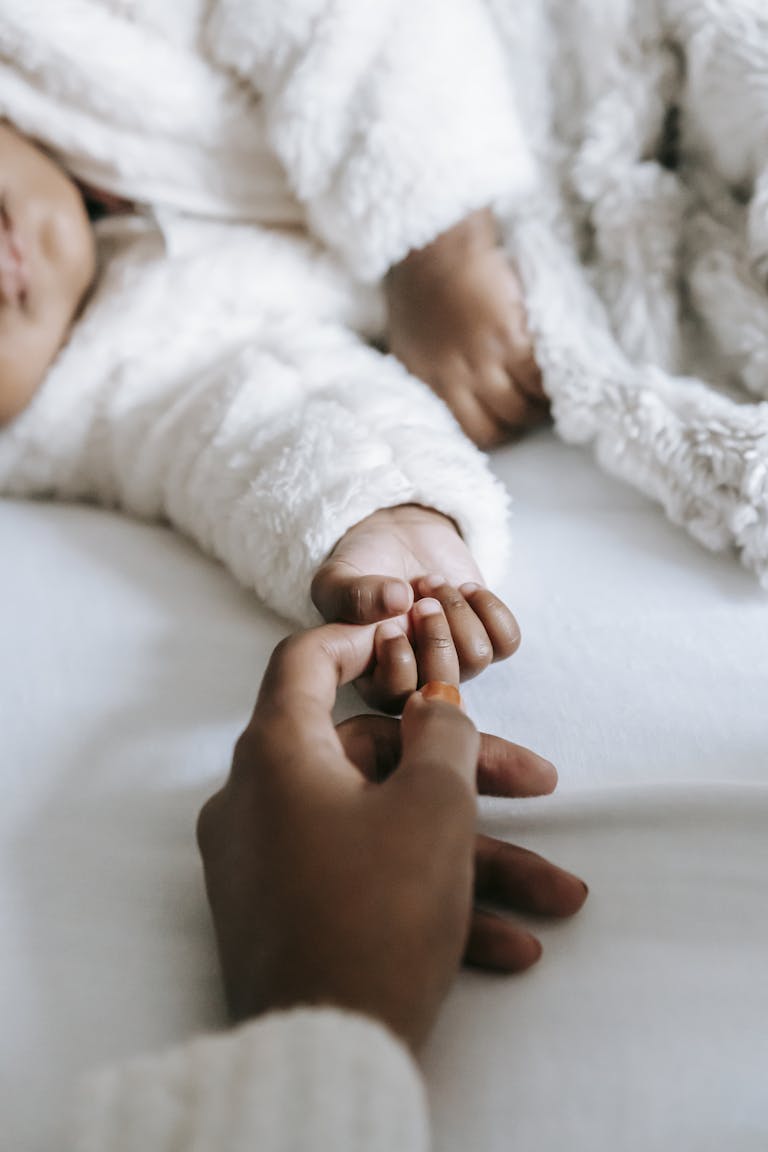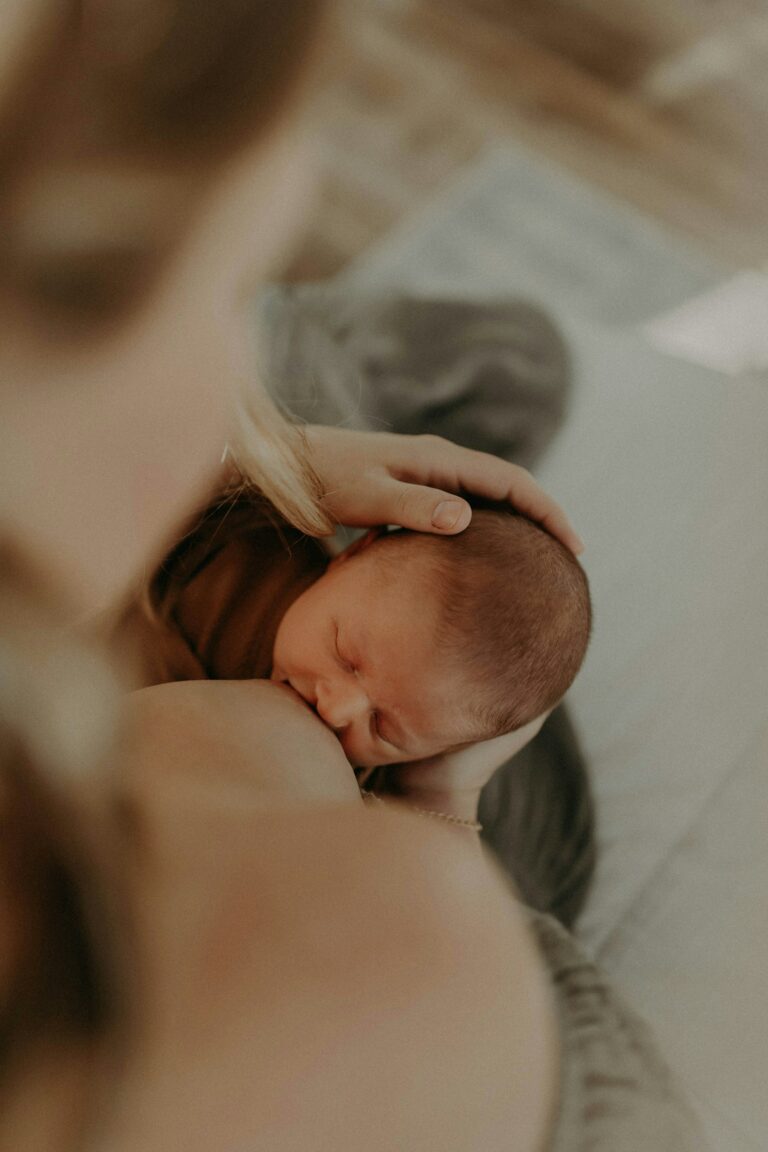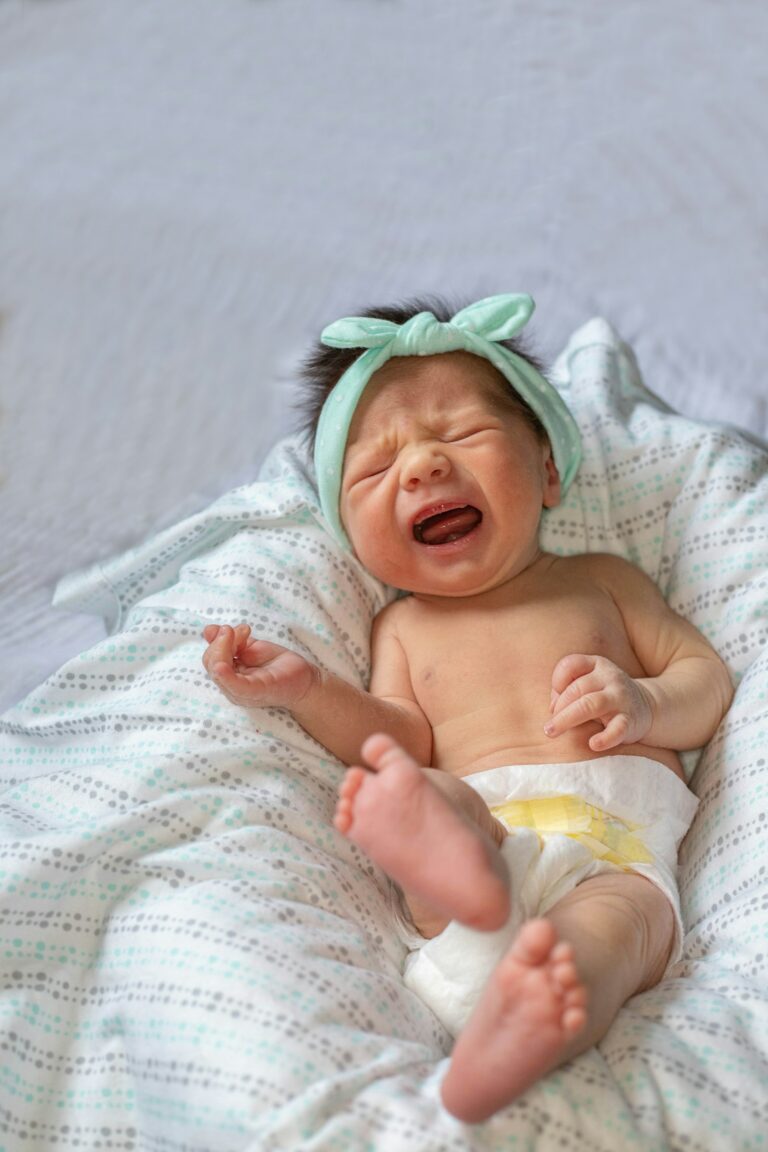Children splatter paint across the page, stack rickety towers of coloured blocks, or fumble with a spoon at lunchtime. What lies beneath these ordinary moments is a world of intricate connections—eye-hand coordination, woven delicately into a child’s every gesture. You may catch yourself anxiously wondering, “Why does my child struggle to catch a ball, or seem clumsier than others?” Such questions haunt many parents, especially as early development zips by. Understanding and nurturing eye-hand coordination—sometimes called the harmony between what eyes see and how hands move—can feel like piecing together a layered jigsaw puzzle. How does this invisible symphony support independence, learning, and even confidence? How can you foster it at home, detect difficulties early, and respond thoughtfully? Let’s journey through the science, practical tips, and reassuring facts that can help you nurture this unsung foundation of growth.
What Is Eye-Hand Coordination?
Imagine the gentle arc as your child reaches for a bright red ball, or the hesitant scribble as they grasp a crayon. Behind the scenes, eye-hand coordination orchestrates these moments. Medically, it’s the precise linkage between visual input (“Where is the object?”) and motor responses (“How should my hand move to reach it?”). Signals are relayed in milliseconds: the eyes capture the scene, the brain’s parietal and frontal lobes interpret and plan, and nerves trigger muscles to perform. In practice, it’s what allows spoonfuls of rice to (sometimes) make it to the mouth rather than scatter across the tablecloth.
This synchronisation anchors daily life for everyone—young or old. Writing a line, picking flowers, tying shoelaces, playing cricket, using a mouse—each act relies on the seamless dance between eyes and hands. Strong eye-hand coordination supports confidence, boosts fine motor skills, and underpins everything from classroom readiness to social play.
How Eye-Hand Coordination Develops: Key Milestones
The First Six Months: Foundations in Motion
In the earliest months, a baby’s reach is tentative, more like a joyful accident than intention. Eyes follow gentle movement—a dangling rattle, a parent’s smile. This visual tracking evidence lays the foundation for purposeful activity. Uncoordinated batting at a mobile or clutching at air is the brain’s dress rehearsal—practicing how to merge sight and action.
- Around two to three months: Babies begin to track objects with smoother eye movements.
- By four months: Reaching becomes more targeted, though hitting the bullseye is rare.
- At six months: Grasping objects becomes intentional, even if the toy slips more often than not.
How to help?
- Offer bright toys at various distances. Encourage gentle attempts to touch or reach—pausing to let your child visually locate and then attempt a movement.
6 to 12 Months: Purpose and Discovery
Around six months, an infant’s grab sharpens. The palm closes over a rattle or block; sometimes objects are yanked from your hands with surprising determination. This era unlocks sensorimotor learning—the thrilling mix of sensation and movement.
- Passing objects from one hand to the other becomes possible.
- By nine months, the pincer grasp (using thumb and forefinger) starts to emerge.
- Babies keenly explore, shake, and taste, integrating vision with ever more precise touch.
How to help?
- Play simple rolling-ball games. Offer stacking rings, cups, or textured toys to encourage transfer and exploration.
1 to 3 Years: Building Complexity
Toddlers dive into the world with increasing autonomy. One day, their tower of blocks stands upright; the next, frustration erupts as the pieces refuse to fit. Activities like self-feeding, flipping through books, or stringing beads demand a symphony of eye-hand coordination, dexterity, and persistently trying again.
- By 18-24 months: Attempt to use spoons and forks, turn book pages, fill and empty containers.
- Two to three years: Success with puzzles, drawing rough circles, or stacking more blocks.
How to help?
- Provide large puzzles, building blocks, and chunky crayons. Self-feeding, however messy, is a laboratory for learning.
3 to 5 Years: Refining Precision
With age comes finesse. Crafting, drawing detailed shapes, cutting with scissors, or mastering a game of catch—each leap signals maturing visual-motor integration.
- Drawing, colouring, and early writing skills blossom.
- Children begin copying geometric shapes, using scissors capably, and participating in ball games with better accuracy.
How to help?
- Invite your child to draw or model with clay, guide them in art projects, and play simple sports, gently correcting technique when needed.
Stimulating Eye-Hand Coordination: Play and Everyday Life
Toys and Games That Spark Progress
Choosing the right playthings can transform mundane afternoons into growth opportunities. Not all toys are equal; some stimulate spatial perception, bilateral coordination, and visual-motor skills better than others.
- Building blocks: Large bricks for little hands, progressing to intricate construction toys as skills mature.
- Puzzles: Begin with simple, chunky shapes; graduate to interlocking pieces and more detailed images.
- Ball games: Roll, throw, or catch with soft balls; as coordination improves, introduce games demanding timing and precision like mini-basketball.
Grown-up involvement is powerful—your encouragement, laughter, and willingness to model or play make these activities magnetic for children.
Everyday Routines: Practice Disguised as Daily Life
Life is brimming with opportunities to rehearse eye-hand coordination.
- Self-feeding: Each clumsy attempt with a spoon or fork strengthens connections.
- Dressing up: From tugging on shirts to maneuvering tiny buttons or zippers, each motion is a lesson in control.
- Colouring and drawing: Tools sized for small hands, along with a rainbow of colours, turn art into skill-building.
Turn tasks into games—who can zip fastest, or stack the tallest tower of blocks? Fun breeds motivation.
Interactive and Digital Options: Screen Time with Purpose
Today’s children encounter screens early—does digital play nurture eye-hand coordination? Surprisingly, yes, within limits. Interactive apps or video games that require tracing, matching, tapping, or even virtual block-building can support accuracy, attention, and quick reaction.
What’s the scientific consensus? Age-appropriate, ad-free games, chosen with discernment, work best when blended with plenty of real-world, hands-on experiences. Regular parental engagement—playing alongside your child, talking through the game, or linking digital skills to concrete play—maximises the benefit and ensures balance.
Typical Difficulties: When Additional Support Matters
Not all children master eye-hand coordination on the same timetable; variability is to be expected. Yet, certain signs suggest a need for guidance:
- Marked clumsiness beyond peer expectations
- Ongoing difficulty grasping or using objects
- Express, consistent hand preference before age two (could suggest atypical neurological development)
If doubts linger, consulting with an occupational therapist or a developmental paediatrician can bring clarity. Assessments identify specific difficulties, and tailored exercises or therapy transform struggle into progress. Remember, seeking support is a proactive step; it reflects a parent’s attunement, not a failure.
Everyday Importance: Confidence, Autonomy, and Lifelong Skills
Mastery over eye-hand coordination doesn’t simply equip children to scribble the alphabet or stack blocks; it builds the platform for daily life and self-esteem. From tying shoelaces to using a computer mouse, participating in games, or eventually driving and cooking, the fruits of these early neural circuits are everywhere.
Incremental victories deserve to be celebrated—a child fastening their first button or catching a tossed ball for the very first time. These milestones aren’t trivial; they underpin independence and a positive self-image, especially when parents offer patience and praise along the way.
Key Takeaways
- Eye-hand coordination evolves in a sequence, with each stage building on earlier ones—small victories pave the way for greater achievements.
- Daily activities, play (both digital and hands-on), and intentional encouragement at home foster development naturally.
- Watch for persistent difficulties, consulting professionals if needed; timely support can make a world of difference.
- Promoting autonomy, celebrating all efforts (neat or messy), and infusing daily routines with playful discovery build confidence and resilience.
- For ongoing guidance and free access to health questionnaires or milestones tracking, parents can download the Heloa app.
Questions Parents Ask
How can I help my child who is finding eye-hand coordination difficult?
It is natural if progress seems slower at times. Everyday activities—catching soft balls, building towers, simple drawing or colouring—work wonders. Celebrate every attempt, however small (or messy). Build practice into daily life. If frustration persists, gentle patience and confidence-building matter much more than perfection.
Can video games assist in developing eye-hand coordination?
Yes, some educational video games—especially those involving tapping, tracing, or matching—can support these skills. Set clear time limits and always mix digital engagement with plenty of real-world play, as physical experiences provide essential sensorimotor feedback.
Why does eye-hand coordination matter for the future?
Strong eye-hand coordination underpins not only childhood activities like writing and drawing but life skills—using utensils, handling tools, playing sports, or interacting with technology. The neural connections formed in early practice pave the way for complex abilities in adolescence and beyond.
When is it a concern if my child struggles?
If significant difficulties persist—dropping objects, extreme clumsiness, avoidance of tasks involving coordinated movement, or early one-hand dominance—consider professional assessment. Timely support brings reassurance and targeted assistance.
What resources are available for further help?
Take advantage of local occupational therapists, early intervention programmes, and paediatric consultations for specialist input. For advice at your fingertips and regular milestones monitoring, the Heloa app provides free, medically approved health tools for your child’s journey.

